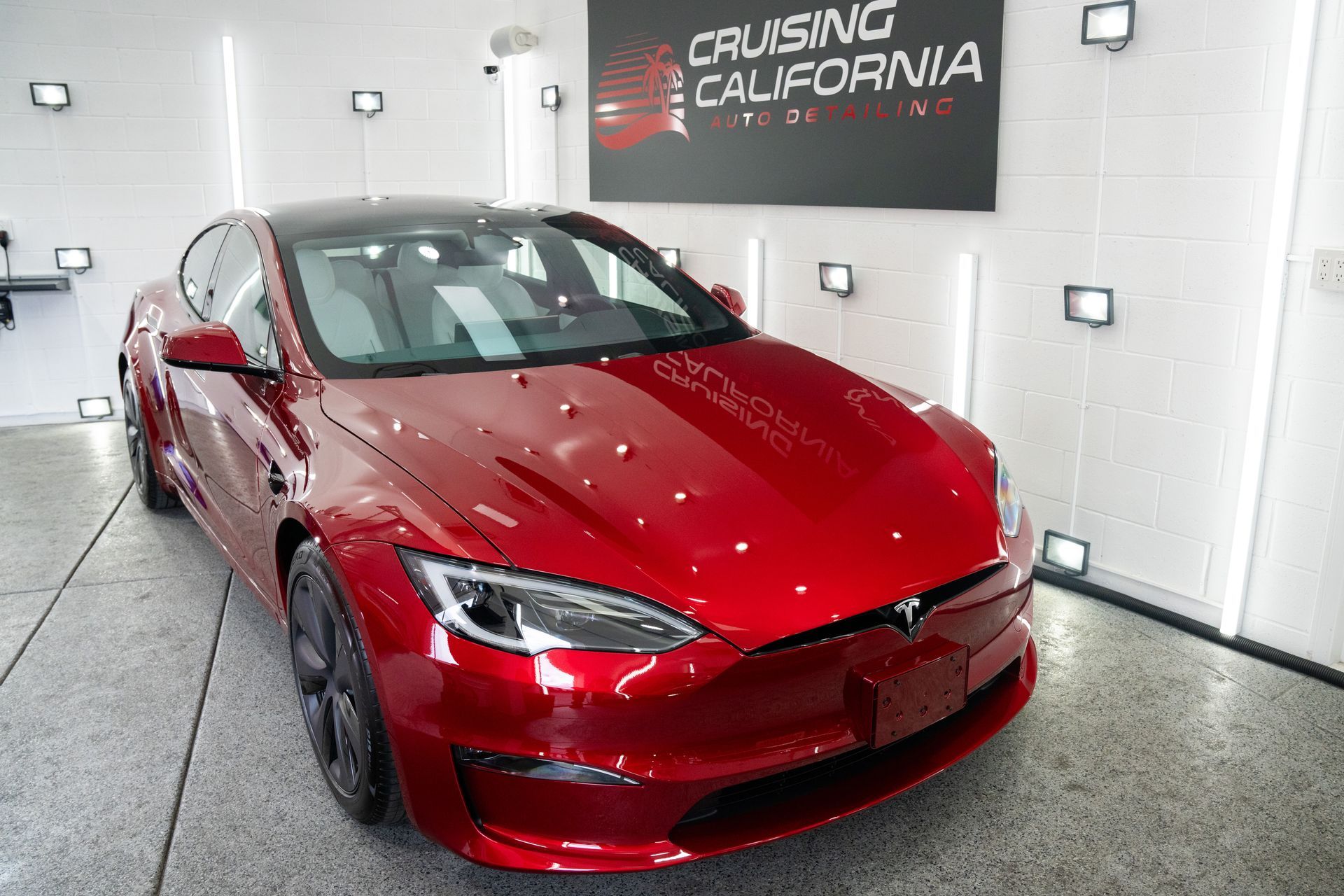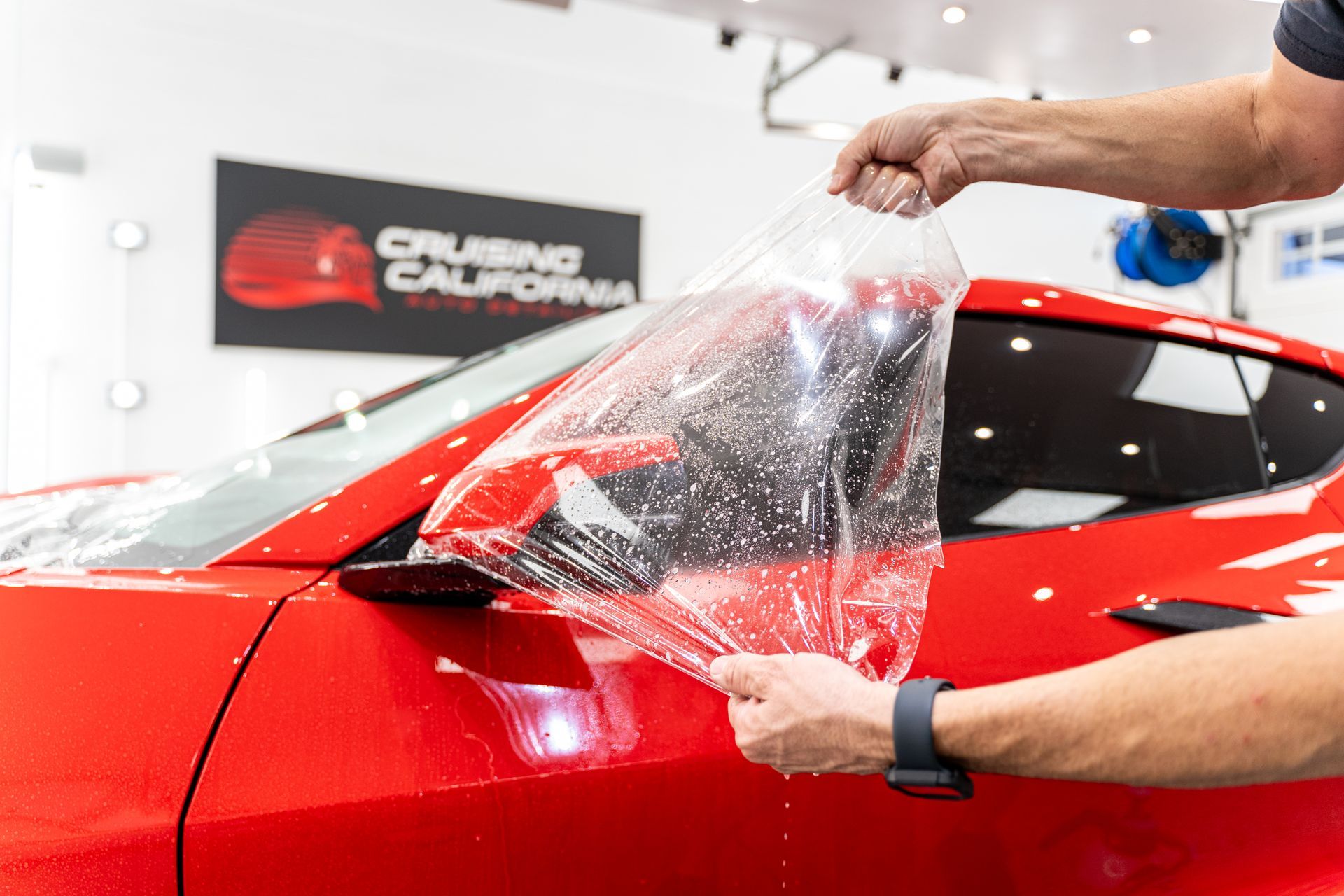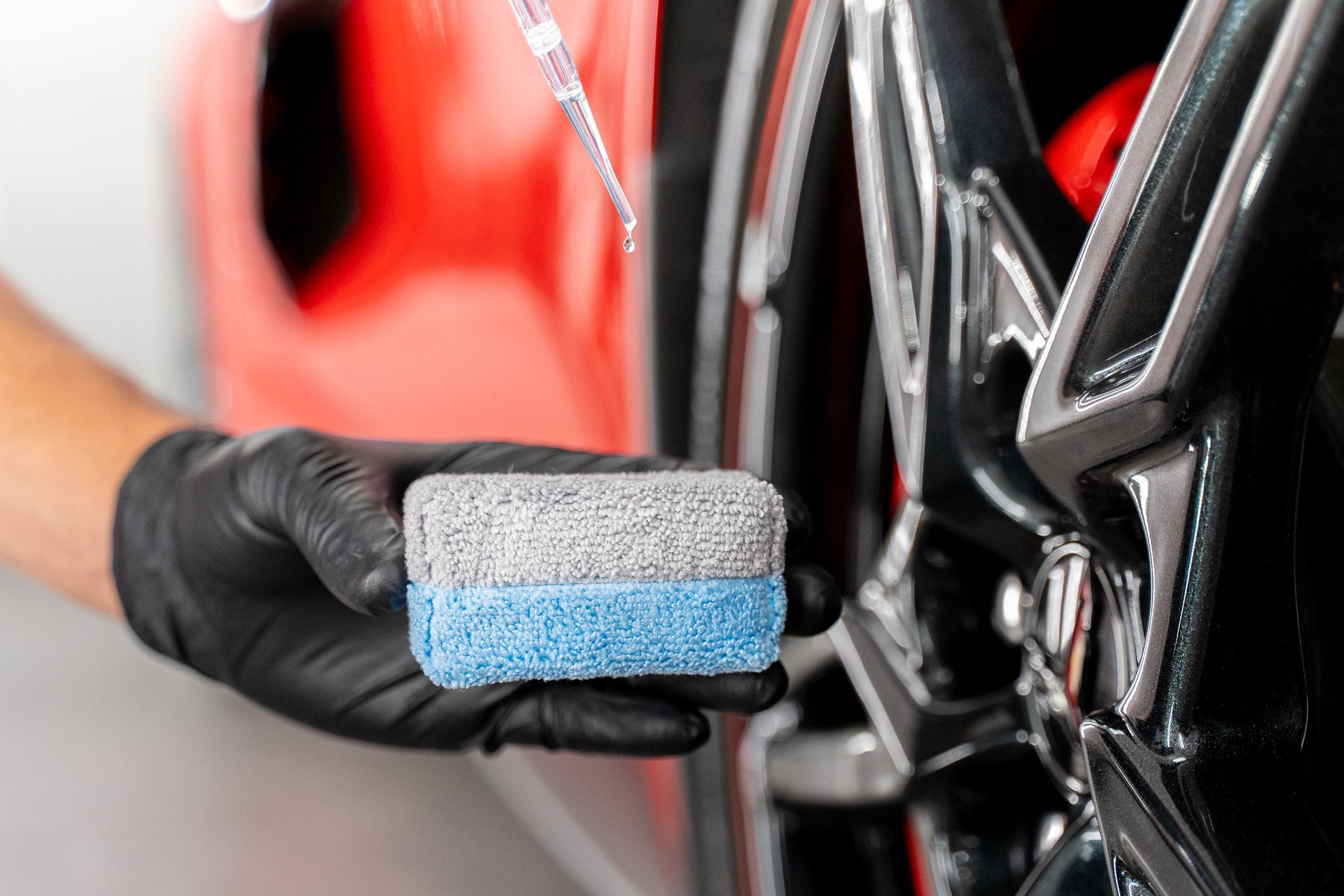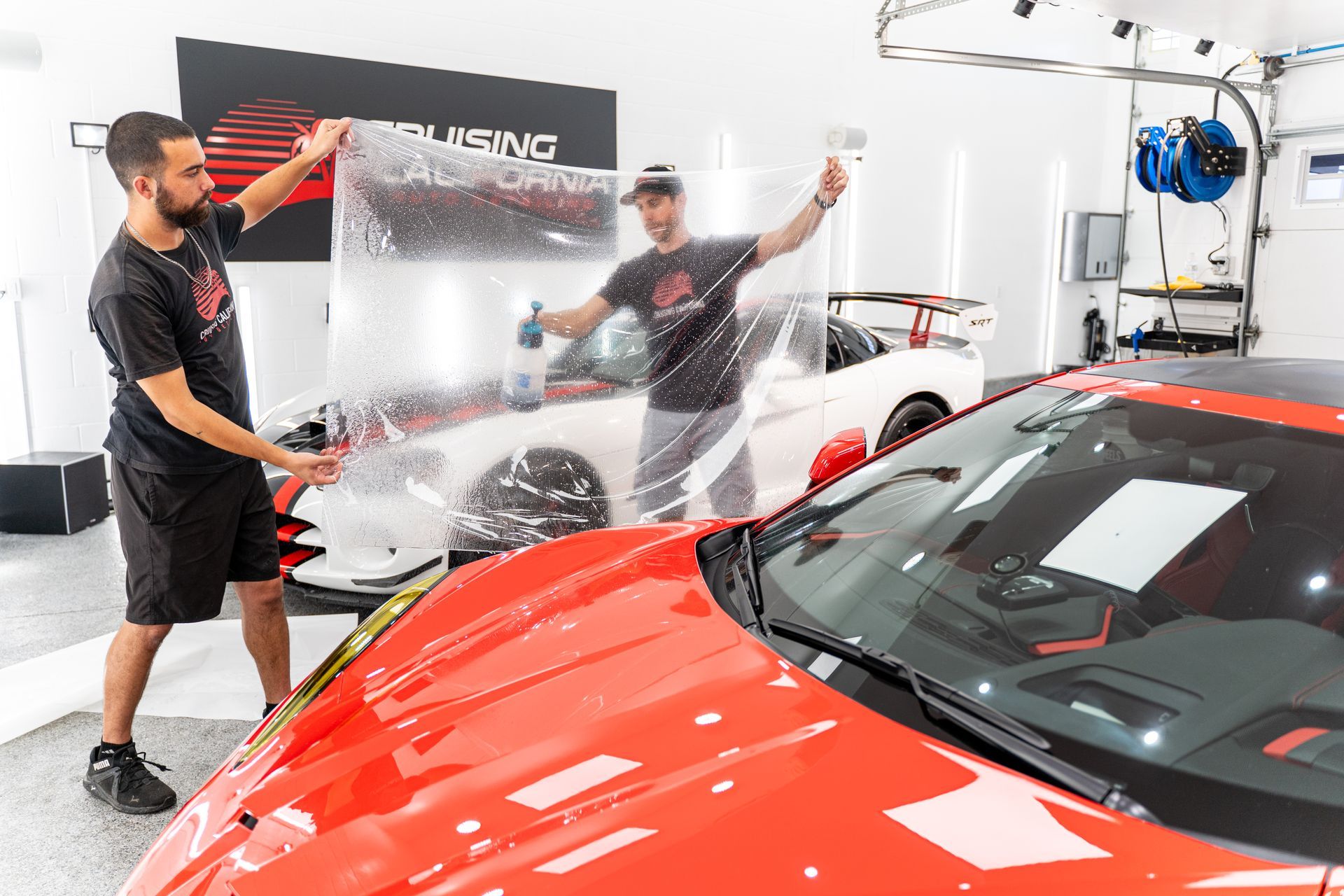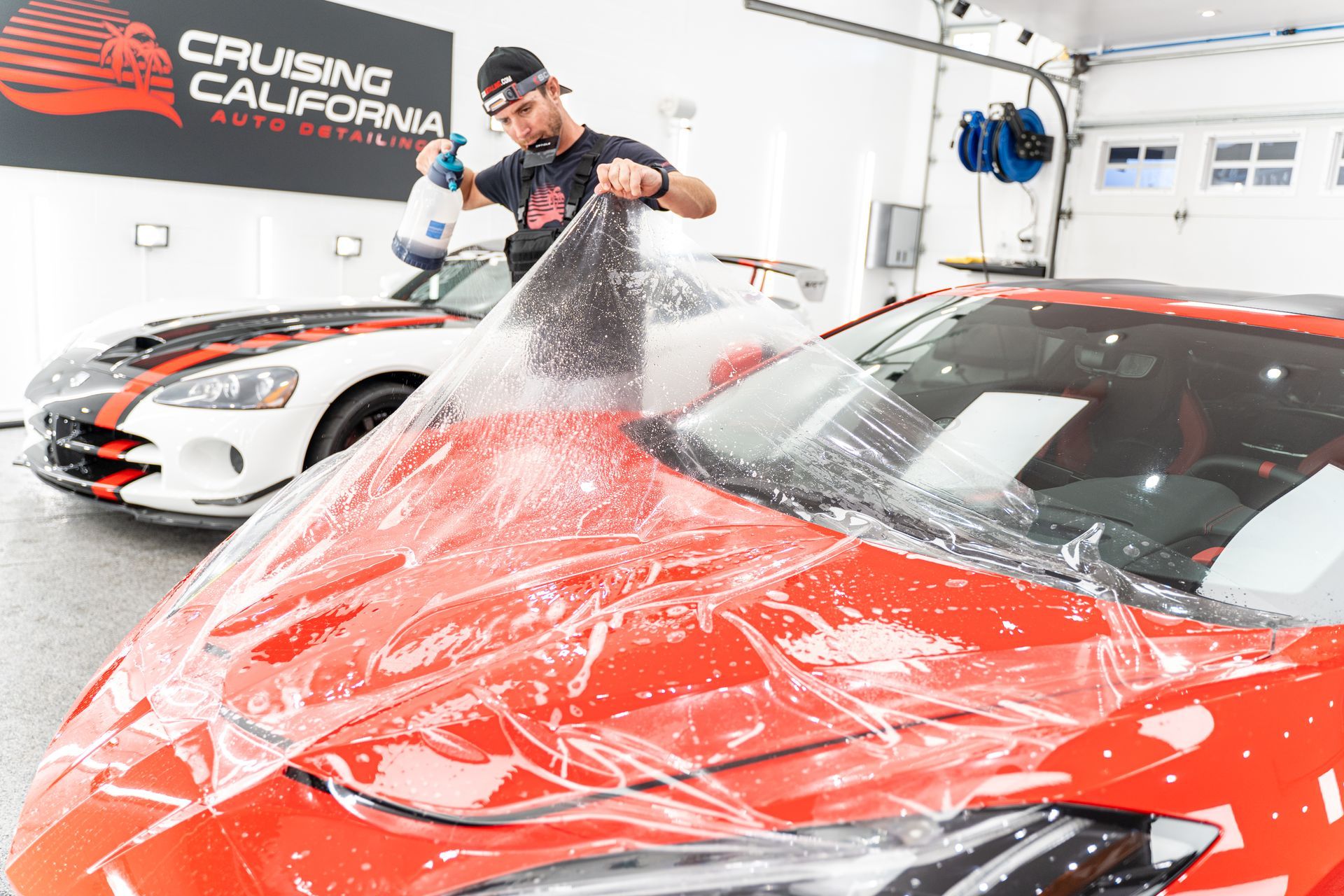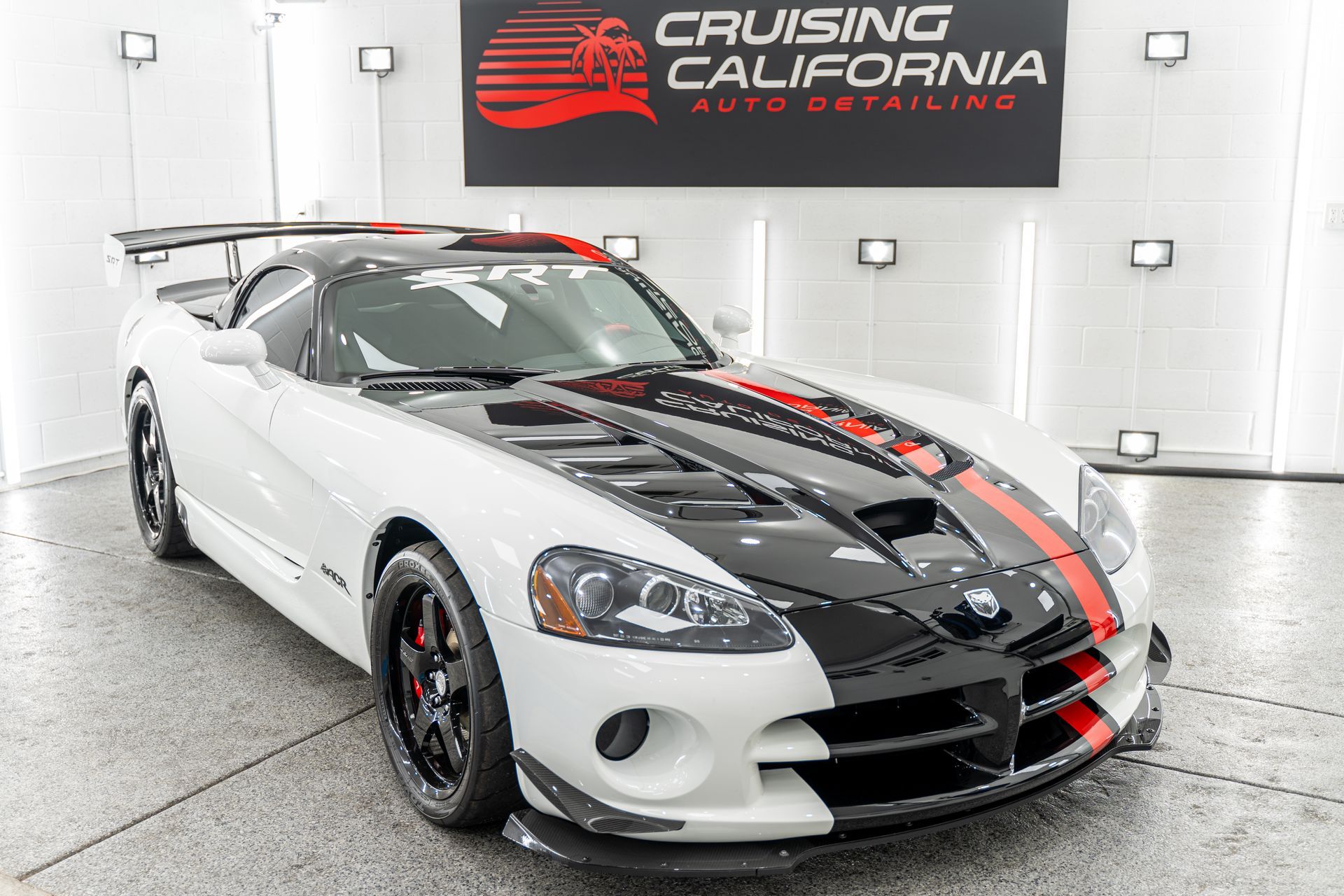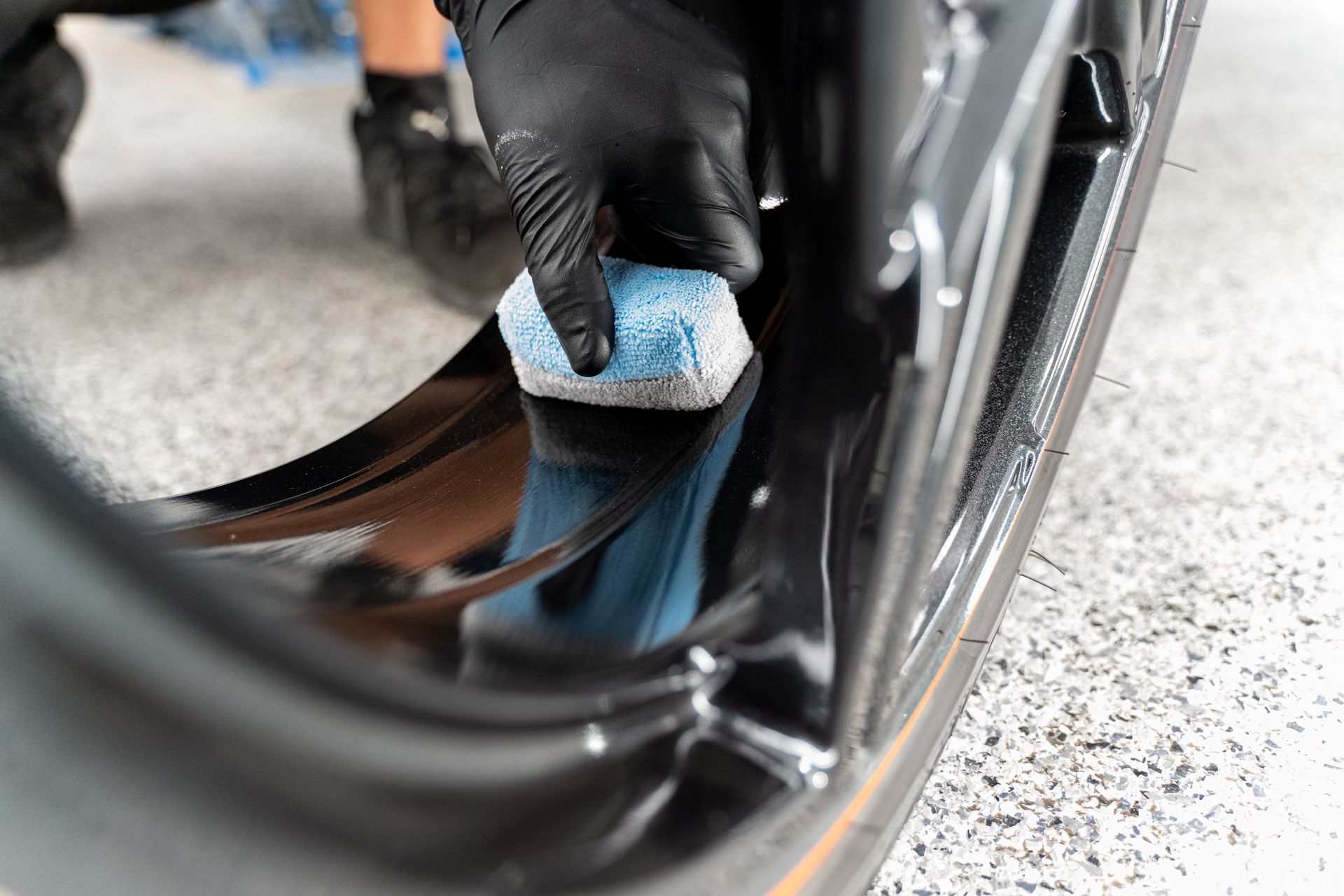Ceramic Coating for Vehicles with Soft Clear Coat Finishes: Benefits and Care
When it comes to protecting your vehicle's shiny exterior, many people think of traditional waxes and sealants. But have you ever considered ceramic coatings? These modern wonders not only offer a tough layer of protection but also enhance the beauty of your car’s paint, especially if it has a soft clear coat finish. If you’ve invested in a vehicle that turns heads with its gleaming look, you want to do everything possible to keep it looking like new. In this article, we’ll explore how ceramic coatings can work for vehicles with softer finishes, the benefits they bring, and the care required to maintain that stunning shine. Whether you're a car enthusiast or simply want your car to stand out on the road, understanding these options is key to long-lasting beauty and protection.
Yes, ceramic coatings can be applied to vehicles with soft clear coat finishes; however, it's important to note that these coatings may not prevent damage as effectively as desired due to the vulnerability of the underlying paint. Care should be taken during maintenance, avoiding abrasive car washes and using gentle cleaning methods to preserve both the coating and the soft clear coat underneath.
Characteristics of Soft Clear Coat Finishes
Soft clear coat finishes stand out for their aesthetic appeal, giving vehicles a vibrant and glossy shine that enhances their overall appearance. However, this visual allure comes at a price; these finishes are more delicate compared to harder counterparts. On the hardness scale, soft clear coats generally fall below 60, leaving them vulnerable to damage.
For instance, consider luxury vehicles like the Nissan GT-R or certain BMW models—blessed with stunning paint jobs yet notorious for their susceptibility to damages. This delicate balance between beauty and durability means that owners must be vigilant and proactive in maintaining these finishes to keep them looking pristine. It’s essential to note that the average thickness of soft clear coat finishes is about 1.5 to 2.5 mils (0.0015 to 0.0025 inches). Despite being visually appealing, this thin layer offers limited protection and can degrade over time due to environmental factors such as UV rays and harsh weather conditions.
One of the notable features of soft clear coats is their flexibility. This quality allows better adhesion to the underlying paint but makes them susceptible to chipping and peeling over time. The softer nature also tends to display imperfections more evidently than harder finishes.
Given these characteristics, it's crucial for vehicle owners with soft clear coat finishes to adopt a tailored maintenance approach. Regular care can significantly mitigate deterioration. For instance, frequent hand washes using soft microfiber cloths can help maintain the integrity of the finish without introducing new damage. Moreover, avoiding aggressive cleaning methods such as those found in automatic car washes—which often involve harsh brushes—is advisable.
Such practices not only prolong the lifespan of your vehicle's appearance but also ensure you make the most out of protective treatments like ceramic coatings that you might consider applying. Understanding these maintenance needs helps pave the way for exploring the advantages offered by various protective solutions available today.
Benefits of Ceramic Coating
Ceramic coatings are nothing short of a modern miracle for car enthusiasts and everyday drivers alike. When applied to soft clear coat finishes, these coatings create a sacrificial layer that significantly enhances the vehicle's resilience against environmental hazards. Just imagine having a protective shield that not only reflects light beautifully but also stands guard against dirt, grime, and harmful elements trying to ruin that pristine finish.
- Enhanced Shine: One major perk of applying a ceramic coating is the gorgeous sheen it brings to your vehicle. Unlike traditional wax or sealants that fade over time, this durable polymer creates a long-lasting glossy finish that makes your car gleam in sunlight and rain alike. Not only do you get an exquisite shine, but this gloss also increases your car’s likelihood of turning heads, bringing you those admiring glances while cruising down the street. But the benefits don’t stop at appearance; ceramic coatings are designed to be practical too.
- Water Repellence: These coatings possess impressive hydrophobic properties, which means they repel water effectively. When rain falls on a ceramic-coated vehicle, water beads off rather than sticking to the surface. This leads to easier cleaning sessions as less dirt adheres to the paintwork, reducing your washing frequency by up to 50%. Picture yourself driving home after a downpour—while other cars may look grimy and dull, yours is practically shimmering as droplets roll right off! More importantly, it's vital to consider the health of your clear coat as well.
- Chemical Resistance: In addition to being aesthetically pleasing and easy to clean, ceramic coatings offer remarkable chemical resistance. They shield against acidic contaminants like bird droppings and tree sap, which can etch soft clear coats if left untreated. A single incident involving a splattering bird dropping can lead to unsightly marks on vulnerable paints. With ceramic coating applied, however, these threats become manageable since the coatings serve as an effective barrier against potential damage. In fact, users often report dramatic improvements in their vehicles’ ability to fend off daily wear from environmental factors.
While these benefits sound appealing, understanding proper care methods will further solidify the advantages gained from your ceramic coating investment. Let's explore how application techniques play a crucial role in maintaining these benefits for the long haul.
Application Techniques
Proper application of ceramic coating is fundamental to ensure maximum protection and longevity for your vehicle’s soft clear coat. Without careful attention to the application process, you risk compromising the effectiveness of the coating. Let's break it down into three essential stages: surface preparation, applying the coating, and the final curing process.
- Surface Preparation: Proper prep is key to a flawless ceramic coating. Begin with a clay bar treatment to remove embedded contaminants that washing alone can’t reach. Next, polish the paintwork to eliminate scratches and swirls, creating a smooth surface for better coating adhesion. An uneven finish can lead to premature wear, so this step is essential. Finally, use isopropyl alcohol with a microfiber cloth to remove any lingering oils from polishing products. This ensures a clean, residue-free surface, allowing the ceramic coating to bond properly for maximum durability and protection.
- Applying the Coating: With the surface prepped, apply the ceramic coating in 3’ x 3’ sections using a crosshatch pattern for even coverage. Let it bond for a few minutes, following manufacturer guidelines. Then, gently buff off excess coating with a clean microfiber cloth, ensuring a smooth, flawless finish without applying too much pressure.
- Final Curing Process: Culminating the application, we have the final curing process, which many overlook but is vital to the overall effectiveness of your ceramic coating. After application and buffing, allow your vehicle to sit undisturbed for about 24-48 hours to ensure proper bonding occurs between the ceramic layer and your clear coat. During this period, avoid exposing your car to moisture or direct sunlight, as these can impact how well the ceramics cure.
Adhering to these meticulous steps enhances not just your ceramic coating application but also sets the stage for understanding potential obstacles and ways to overcome them.
Common Challenges and Solutions
- Streaking During Application: One of the most prevalent issues encountered when applying ceramic coatings is streaking. This unsightly problem occurs when the coating isn't evenly applied, resulting in visible lines or patches that detract from the overall appearance of your vehicle. Imagine investing time and resources only to have an inconsistent finish! To prevent this, it’s crucial to maintain uniform application in controlled environments, ideally out of direct sunlight. Additionally, always adhere to the manufacturer’s recommended dwell time—this is the time required for the product to bond properly before moving on to the next section. A meticulous approach can help you avoid streaks and achieve that flawless, glossy finish.
- High Cost: It’s undeniable that high-quality ceramic coatings come with a hefty price tag. Many vehicle owners may hesitate to invest in this superior protection due to perceived costs, which can lead to frustration and decision paralysis. However, there is good news! DIY kits offer a more budget-friendly alternative for those willing to roll up their sleeves. While these kits demand greater time and effort in terms of application technique and surface preparation, they allow savvy car enthusiasts to enjoy many of the benefits without breaking the bank. Plus, with meticulous attention to detail and proper techniques, a DIY application can yield impressive results. Investing in quality products will pay off in the long run, as cheaper alternatives may not provide the same level of protection or durability.
- Dust and Debris During Curing: Another hurdle during the process of ceramic coating installation is dust and debris settling onto the freshly coated surface before it has fully cured. This contamination can lead to imperfections that undermine both longevity and appearance. Picture spending hours meticulously applying your desired finish only to discover unsightly specks embedded in it! To combat this challenge, keeping your vehicle in a clean and enclosed space during curing is paramount. Consider using a garage or a room with minimal airflow where dust particles are less likely to drift in and land on your car's surface.
By recognizing these challenges ahead of time and employing effective solutions, you can ensure that your ceramic coating experience remains smooth and rewarding. Next, we will explore essential practices that enhance care for your vehicle's protective layer.
Maintenance Tips
Maintaining a ceramic-coated vehicle, while easier than traditional paint jobs, still requires diligence and care. This isn't just basic cleaning; it’s about using the right approach to keep that protective layer in optimal condition. One of the first things you should prioritize is regular cleaning. Using pH-neutral car shampoos is crucial because harsh chemicals can strip away that precious ceramic layer you've invested in. When washing your car, adopt the two-bucket method: fill one bucket with soapy water and the other with plain water for rinsing your wash mitt. This minimizes the risk of scratching because it reduces dirt transfer as you clean each section.
After washing, ensure you dry your car thoroughly to prevent water spots, which can cling stubbornly to a ceramic coating. Soft microfiber towels are ideal for drying, as they are gentle and effective at absorbing moisture without leaving lint behind. Think of this as giving your car a cozy towel wrap after its bath!
Another key point to remember is to avoid automatic car washes. It’s tempting to take that shortcut, especially when you’re short on time, but the brushes in these washes can mar the coating—particularly if you have soft clear coats. Instead, consider hand washing as an opportunity not only to keep your vehicle clean but also to inspect it for any contaminants that need immediate attention.
To further enhance and maintain the hydrophobic properties of your ceramic coating, reapply maintenance sprays designed specifically for ceramic coatings every 3-6 months. These products work like a booster shot for your coating, replenishing its protective qualities and helping it resist dirt and grime better than it would on its own over time. A well-maintained ceramic coat can last between 2-5 years, but remember that neglect will drastically reduce this lifespan.
Performing these simple tasks consistently will help ensure that your vehicle looks great and remains protected from environmental damage, allowing you to enjoy that glossy finish for years to come. As we consider these maintenance practices and their importance, let's now explore how to determine whether this coating is suitable for your specific vehicle needs.
Evaluating Suitability for Your Vehicle
When considering a ceramic coating for a vehicle, the first question to ask yourself is whether your vehicle features that notoriously soft clear coat finish. These finishes often attract damages more easily than their harder counterparts. If your vehicle exhibits signs of wear from washing or everyday use, applying a ceramic coating might serve as an effective solution by providing an additional layer of protection against future damage.
Alongside choosing the right ceramic product, consider how much time and effort you are willing to invest in application and ongoing maintenance. Each product may require different levels of care thereafter, with some needing routine washes every 2-4 weeks compared to weekly washes for untreated finishes. Furthermore, it's vital to understand that improper care can lead to disappointment over time. Many enthusiasts advise against using friction tunnel car washes on a ceramic-coated surface since such methods are known to damage paint. Instead, opt for hand washing techniques that will help maintain the integrity of both the clear coat and any ceramic layer applied.
Ultimately, examining these factors—how you plan to care for your vehicle moving forward and understanding the limitations of your chosen ceramic coating—will greatly influence your decision about whether to make this investment. In conclusion, investing in a ceramic coating can significantly enhance your vehicle's protection but requires careful consideration of your vehicle's finish and maintenance routine to ensure lasting benefits.
Superior Ceramic Coating in El Cajon, CA
Give your vehicle long-lasting shine and defense with CCA Detailing & Ceramic Coating | PPF, the experts in ceramic coating services in El Cajon. Our advanced coatings create a durable, hydrophobic barrier against dirt, UV rays, and environmental damage, keeping your paint looking pristine with minimal upkeep. Say goodbye to constant waxing and enjoy a sleek, protected finish for years. Schedule your ceramic coating service today and experience premium protection for your ride!



